Watching newborns with their odd-timed kicking is a wonderful sight of life inside the hospital. They are like bundles of nerves waiting for nurses and doctors to touch them so they can begin their little spontaneous dance with occasional twitching and flailing. These involuntary movements that newborns exhibit when stimulated are called newborn reflexes.
This article seeks to illuminate the significance of newborn reflexes, their developmental importance, and how nurses can utilize this knowledge to ensure optimal care and early intervention for neonatal well-being.
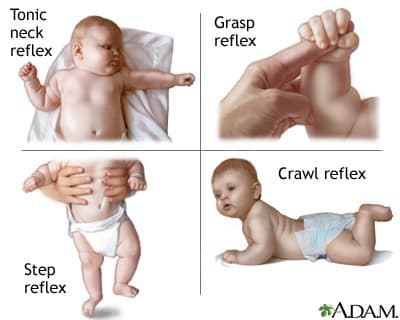
What are Newborn Reflexes?
Newborn reflexes are involuntary, automatic movements or responses exhibited by infants shortly after birth, triggered by specific stimuli. These innate reflexes are typically temporary, gradually diminishing as the baby’s nervous system matures, making them essential components of nursing assessments in early neonatal care.
These reflexes aid newborns to survive while they have limited control over their bodies. These are also vital indicators of neurological and physical development and play a crucial role in evaluating their overall health and well-being. Specific focus should be given to newborns’ alertness, muscle tone and strength, head control, and response to manipulation and handling.
Here are simple maneuvers for 11 newborn reflexes:
1. Blink Reflex
Blink reflex is the rapid eye closure exhibited by newborns upon the coming of objects near it. Similar to adults, this reflex serves a protective function against hurting the eye. It can be elicited by shining a strong light (e.g. flashlight, otoscope light, etc.) on the eyes. The blink reflex can also be elicited by a sudden movement of an object towards the eye. This is important in assessing newborns’ visual attentiveness.
2. Rooting Reflex
Brushing the cheek or stroking near the mouth of the newborn will cause the head of the newborn to turn in that direction. This reflex is called the rooting reflex, which helps the baby find the source of food. For instance, during breastfeeding, when the mother allows her breast to brush the cheek of the newborn, this allows the newborn to turn in its direction and begin sucking. However, this reflex disappears in the sixth week because, by that time, the baby is able to steadily focus on a food source.
3. Sucking Reflex
Touching the newborn’s lips causes the baby to make sucking motions. Like the rooting reflex, the sucking reflex helps the baby find food. For instance, when the lips of the baby touch the mother’s breast or a bottle, the baby would begin sucking and so food is taken in. The sucking reflex disappears at six months of age.
4. Extrusion Reflex
Until four months of age, any food placed on the anterior portion of the tongue of babies will be expelled by them. This serves a protective function by preventing the baby from swallowing substances that are toxic or poisonous. This is also the reason why complementary feeding or introduction of solid food is done at about six months of age.
5. Palmar Grasp Reflex
Objects placed on newborns’ palms will be grasped by newborns. They tend to close their fingers on these objects and sometimes their grasps are so strong that they can be momentarily raised from supine position through this reflex. Palmar grasp reflex disappears between six weeks to three months.
6. Walk-in-Place Reflex
If newborns are held in a vertical position with their feet touching a hard solid surface, newborns will take few, alternating steps. This can last until three months of age, the time when they start to bear a good portion of their weight without being hindered by this reflex.
An almost similar reflex to this is called the placing reflex. However, the major difference lies in the manner of eliciting it. The anterior surface of the newborn’s lower leg is made to touch the edge of a bassinet or a table. Then, the newborn makes a few lifting motions as if to step onto the table.
7. Tonic Neck Reflex
Turning a newborn’s head to one side will cause the extremities to be on that side and extends while the opposite extremities contract or flex. This is also called the boxer of fencing reflex because of the position of the newborn. Of all reflexes, this is the one that appears to have no function. However, it is linked to eye stimulation and handedness. This disappears between 8-12 weeks.
8. Moro Reflex
There are many ways to elicit the Moro reflex. However, the most common method used is the “drop method” wherein the nurse lifts the baby completely off the bed while supporting the head and the neck, and then the nurse lowers the baby rapidly till there is only 4-8 inches between the baby and the bed. It is important to note that while doing this, the baby is kept in a supine position. Complete Moro reflex involves bilateral abduction of arms, an extension of forearms, and full opening of hands. This is then followed by a slow return of hands towards the midline and then followed by curling of the fingers.
The startle reflex is different from the Moro reflex in the sense that it lacks full extension and hand opening and can be elicited spontaneously by sudden noise or movement.
9. Babinski Reflex
When the nurse strokes the sole of the foot in an inverted “J” curve from the heel upward, the newborn’s toes fan. It is only in newborns that a positive Babinski reflex is considered normal. It normally disappears after the 3rd month.
10. Reflexes of spinal cord integrity
There are three reflexes to test the spinal cord integrity of newborns. First on the list is magnet reflex, which can be elicited by applying pressure on the soles of the foot of newborns lying in a supine position. As a response, the newborns would push back against the pressure.
The second reflex to test spinal cord integrity is called crossed extension reflex. This is exhibited by the newborn in a supine position by raising his other leg and extending it when the other leg is extended and, the sole of that foot is irritated or rubbed by a sharp object (e.g. thumbnail). This is like the act of the newborn trying to push the hand away which irritates the other leg.
Lastly, newborns lying in a prone position would flex their trunk and swing their pelvis towards the direction of the touch when their paravertebral area is touched by a probing finger. This reflex is called the trunk incurvation reflex.
11. Landau Reflex
Babies will exhibit some degree of muscle tone if they were made to lie in a prone position with the nurse’s hand supporting the trunk. While they are not expected to raise their head or arch their back in this position, babies who will sag into an inverted “U” position show extremely poor muscle tone. In such cases, further assessment and management is needed.
It is essential for nurses to master these simple maneuvers to promote the health and safety of newborns. Neuromuscular dysfunctions can signal a lot of serious health problems like spinal cord injury, neonatal sepsis, and even inborn errors of metabolism. Through these simple maneuvers, health problems can be detected early and medical interventions will be instituted right away.
References:
- Gleason, K. and Devaskar, S. (2012). Avery’s Diseases of the Newborn. Philadelphia, PA: Saunders
- Pillitteri, A. (2010). Maternal and Child Health Nursing: Care of the Childbearing and the Childrearing Family. Philadelphia, PA: Lippincott Williams and Wilkins

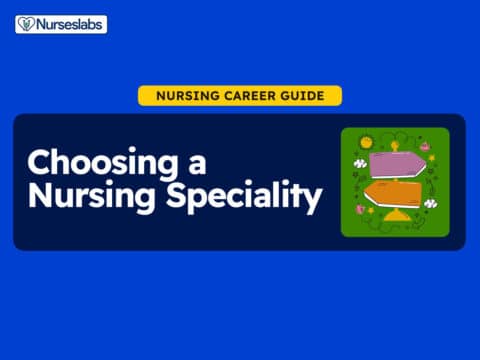




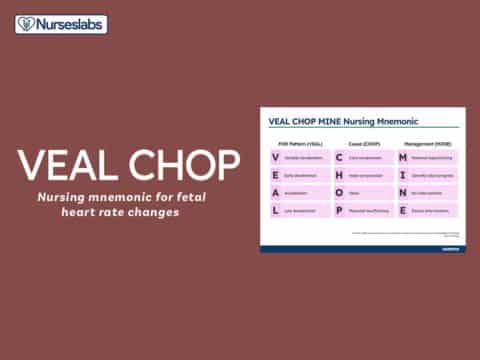
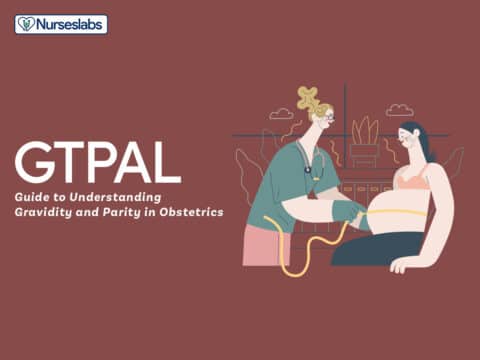
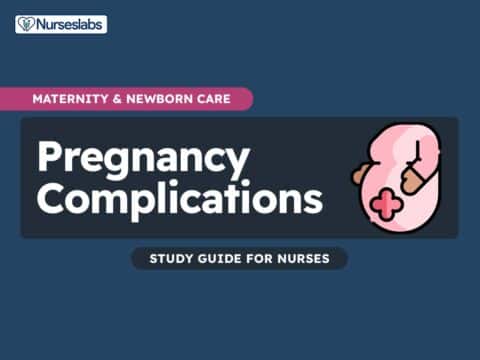
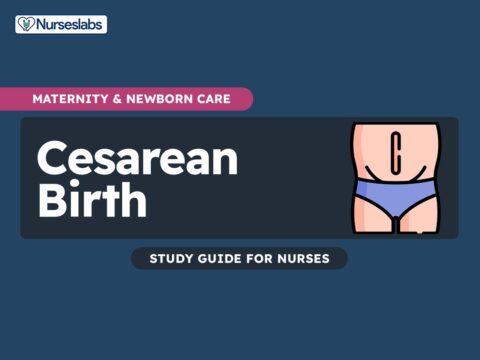
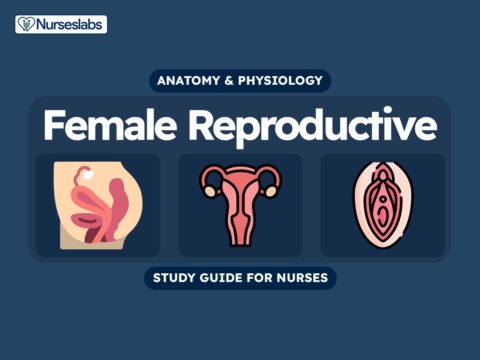

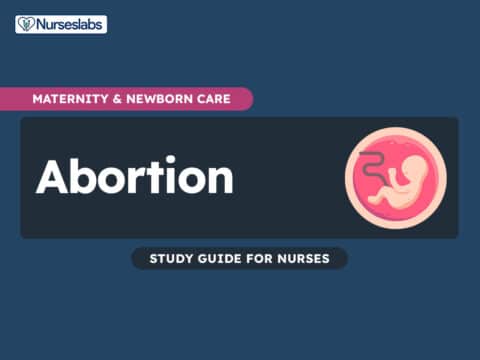
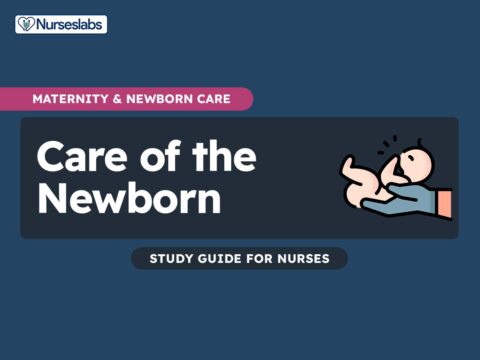
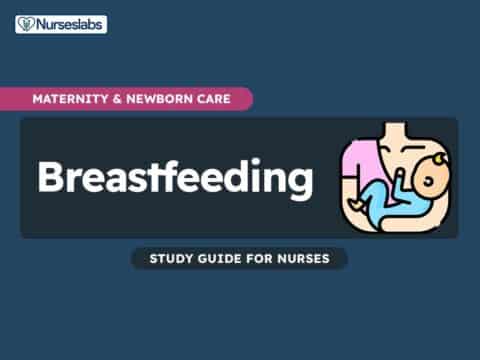
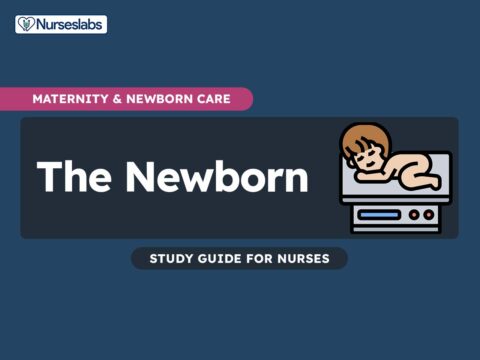
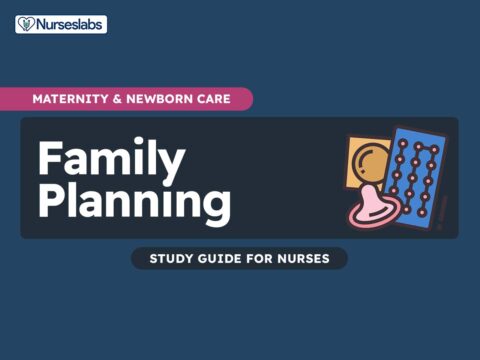


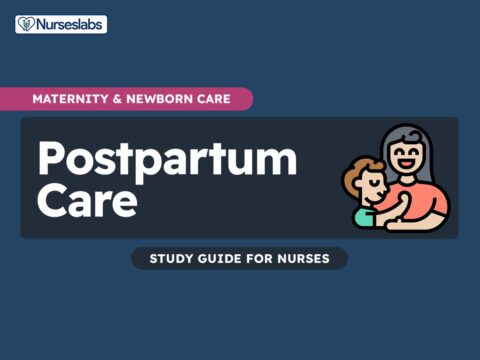
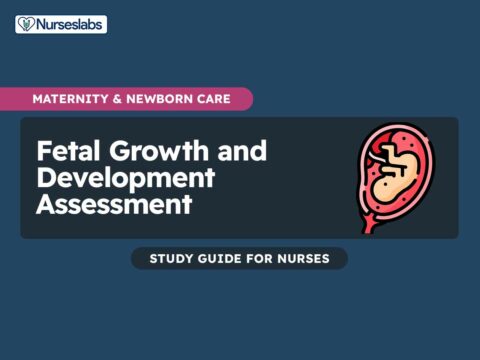

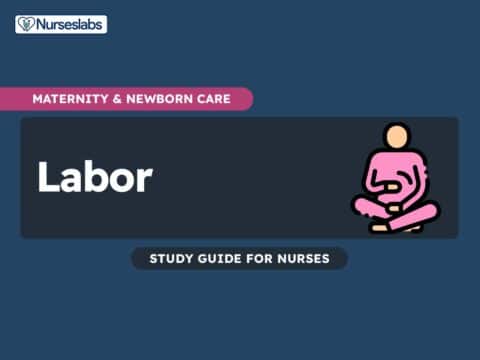
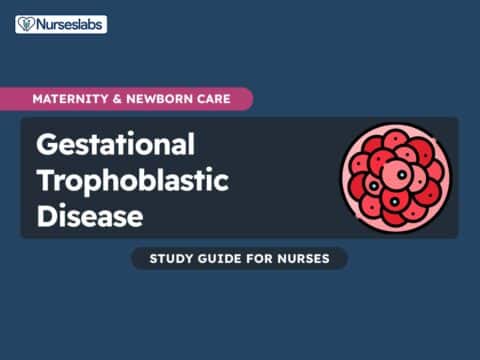
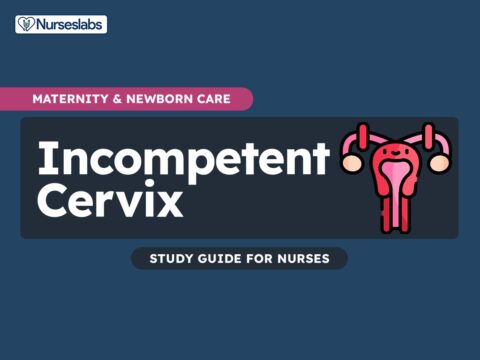


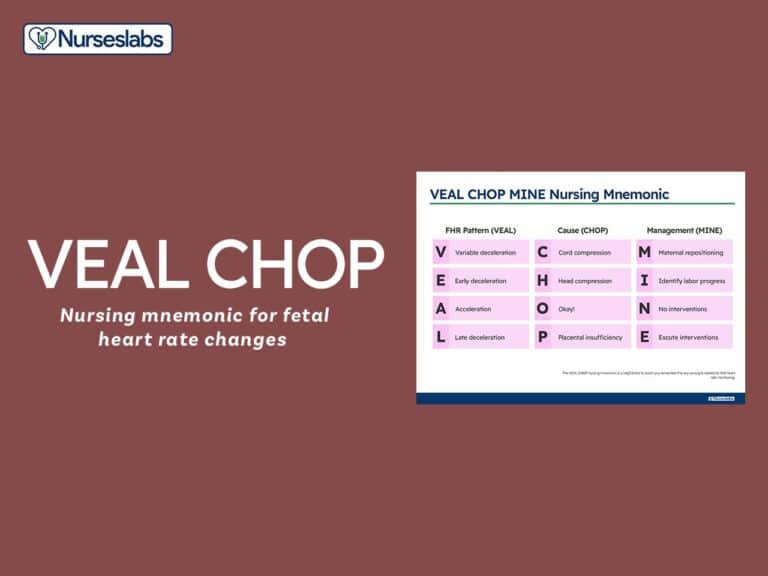



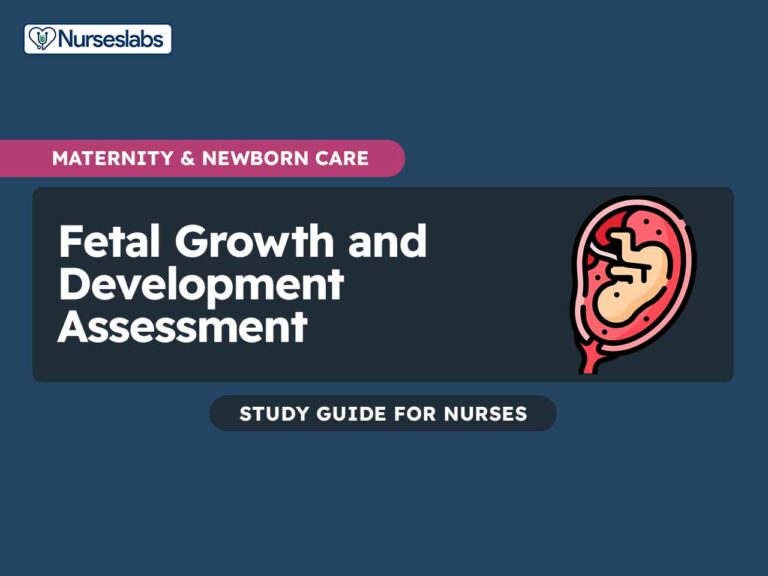
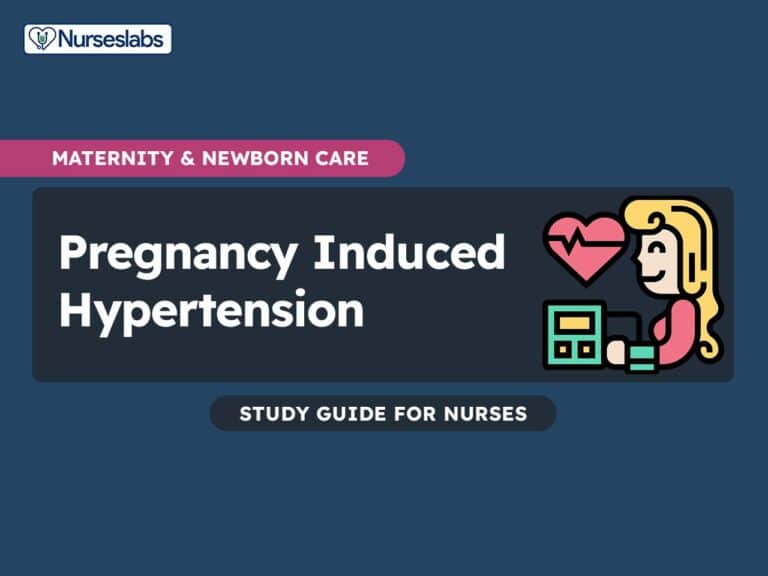
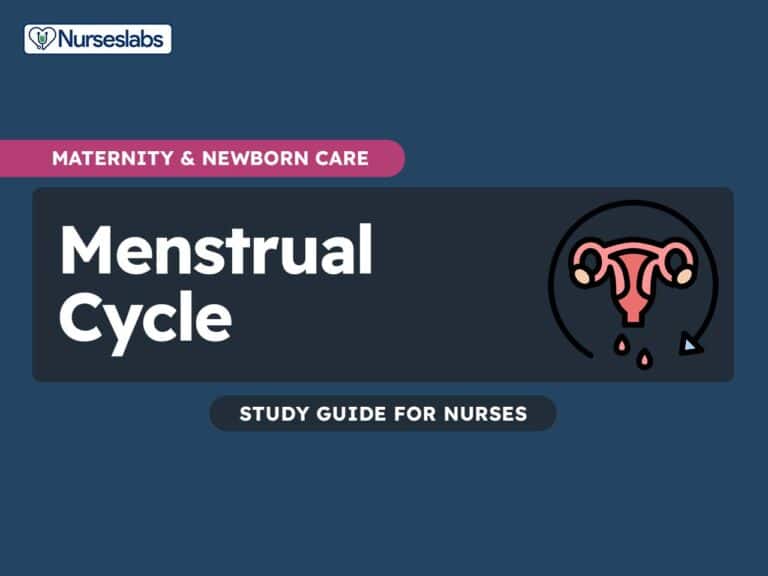
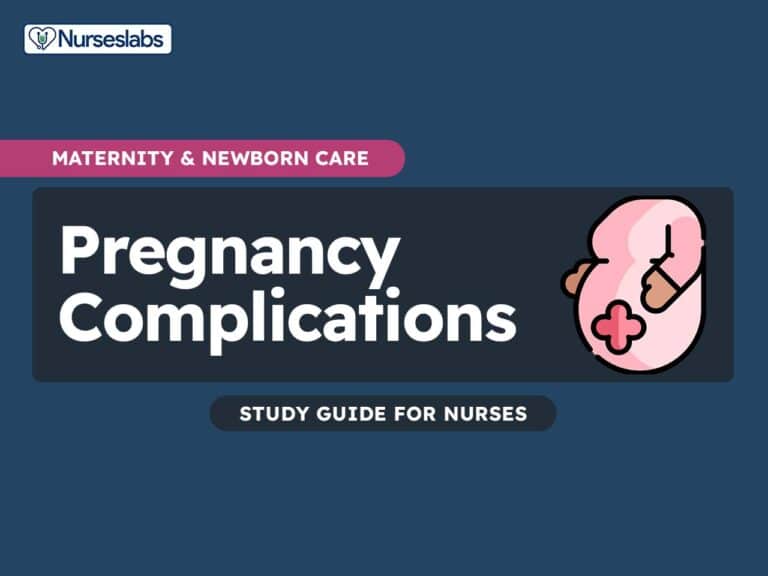
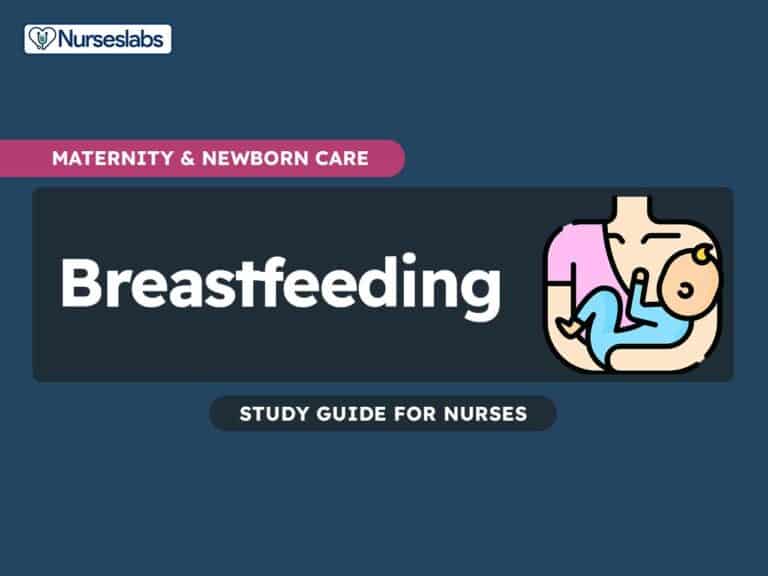
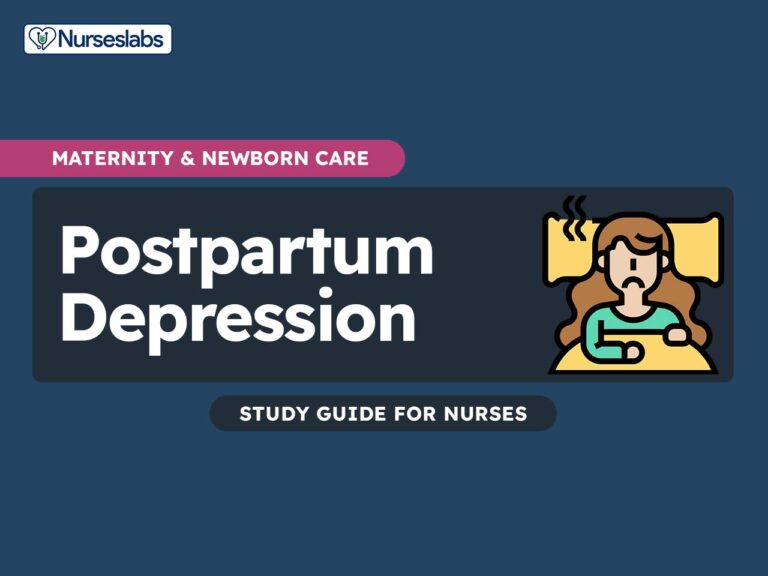
Leave a Comment